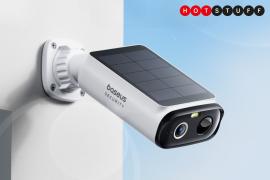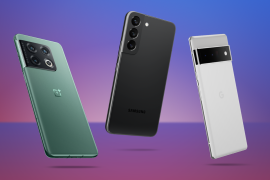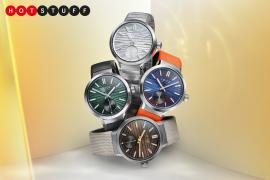The 7 most iconic digital cameras ever made
Our picks for the trailblazing snappers that changed the game
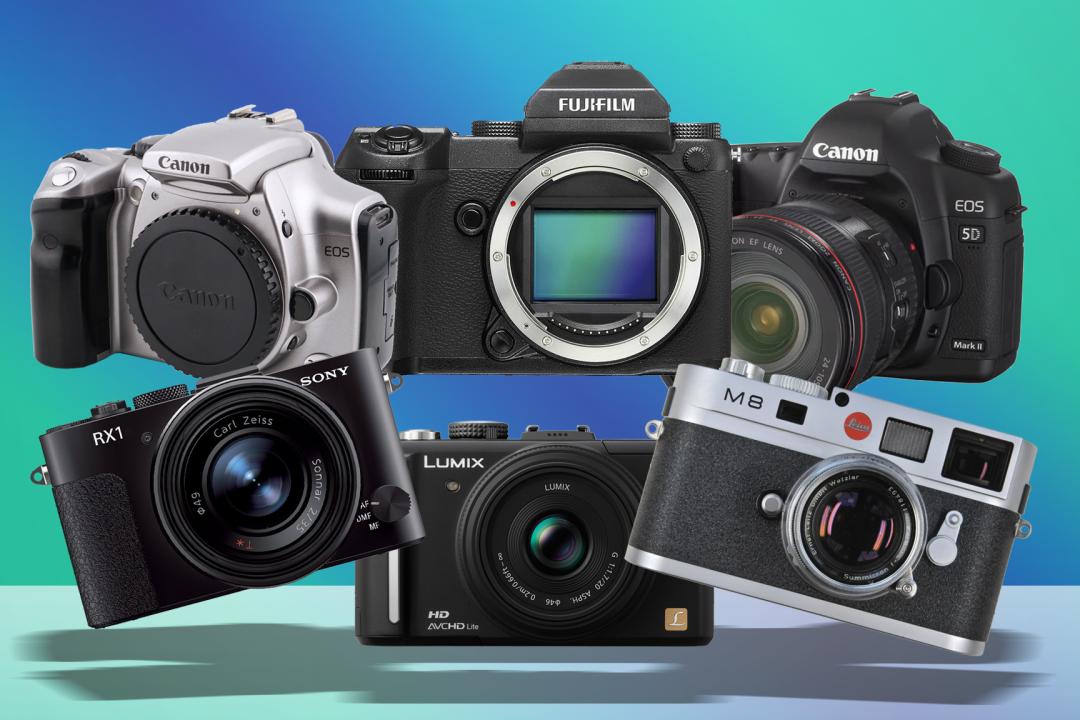
Despite being around for decades, digital cameras are still relatively young in technology terms. That doesn’t mean they don’t have their beloved icons, however – and in this article we’ve picked out some of the standouts and trailblazing models that changed the game.
And as a side note, if you’re interested in owning a piece of history, you may be able to pick one or more of these models up for a song on the second-hand market. They might not be brand-new, but most of them will still be capable of taking fantastic images.
Kodak DCS-100
The first digital single lens reflex (DSLR) camera in the world, this 1991 arrival was aimed squarely at the professional market and based heavily on an existing film camera body. Even just finding a good photo of one today is a tricky task.
Despite using a 1.3MP sensor that would be laughed out of town in 2024, it was so expensive (around US$25,000) and required a bundle of extra kit (such as a separate digital storage drive able to hold 150ish images), meaning the entire setup weighed about 7kg.
Canon EOS 300D/Digital Rebel

The EOS 300D (known in the US by the much snappier moniker of ‘Digital Rebel’) was arguably the first DSLR designed for normal people to own and use. Its $1000 price made it accessible to a market hitherto priced out of high-quality digital photography, while autofocus, a rear screen and compatibility with Canon’s existing range of EF lenses made it welcoming and simple to use.
Canon EOS 5D Mark II
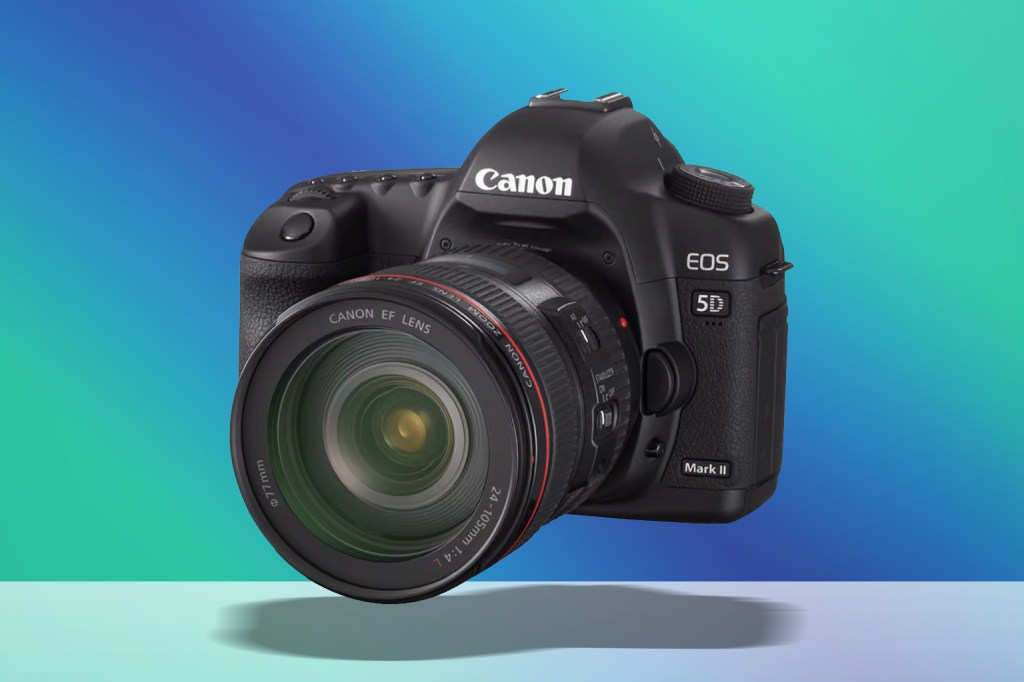
Nowadays pretty much every digital camera shoots Full HD video, but 15-odd years ago it was a rarity on DSLR cameras. In 2008, the Canon EOS 5D Mark II changed all that, not only being the first Canon DSLR to support video recording but doing so at a crisp 1080p resolution. It’s impossible to overstate what a game-changer this was for hobbyist filmmakers, allowing them for the first time to shoot professional-looking video on a camera that was affordable, lightweight and available in any decent electronics shop.
Panasonic Lumix GF1
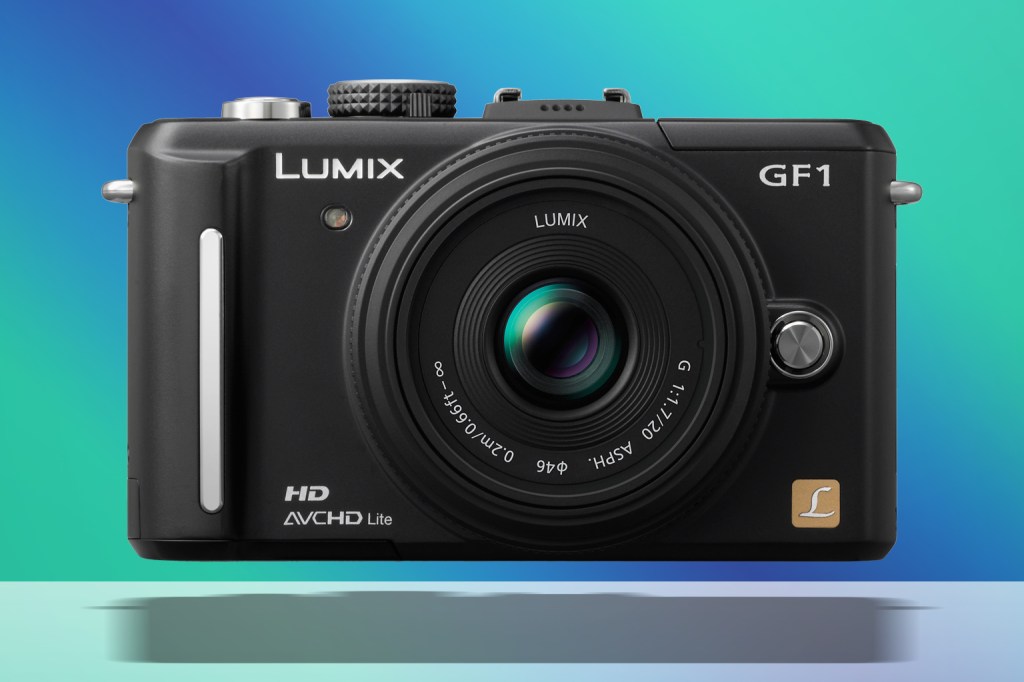
The Lumix GF1 wasn’t the world’s first mirrorless digital camera to support interchangeable lenses – that honour went to its predecessor, the clunky and chunky G1. What the GF1 did is refine things to a degree that you could see why ditching a DSLR would be worth it. Thanks to its slim, lightweight body (with Panasonic’s tiny 20mm pancake lens on board, the whole setup could fit in a coat pocket), this was an agile and elegant camera able to take superb digital photos without requiring its own bag.
Leica M8
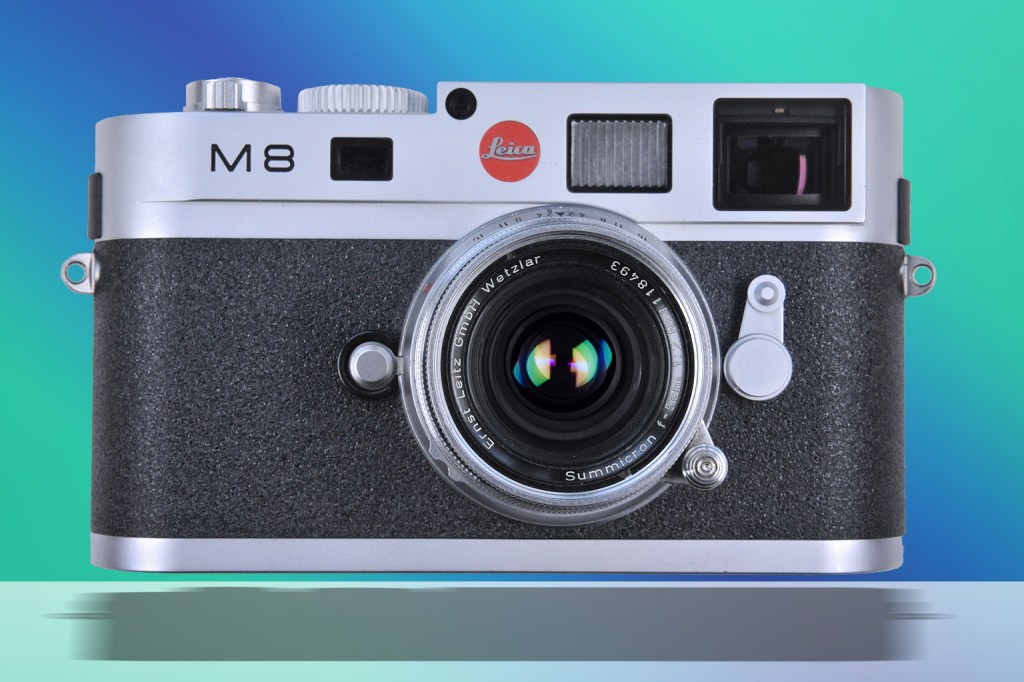
The first digital model in Leica’s long-running M series of rangefinder cameras, the M8 arrived in 2006 with a 10.3MP Kodak-designed CCD sensor. Just like those folk-heads enraged at Bob Dylan ‘going electric’ in the 1960s, some film purists couldn’t stomach the idea of this 35mm manual focus mainstay embracing what they saw as a fad. But the M8’s tank-like build quality and support for Leica’s unparalleled range of lenses meant the M range’s transition to digital was smoother than many expected.
Sony RX1
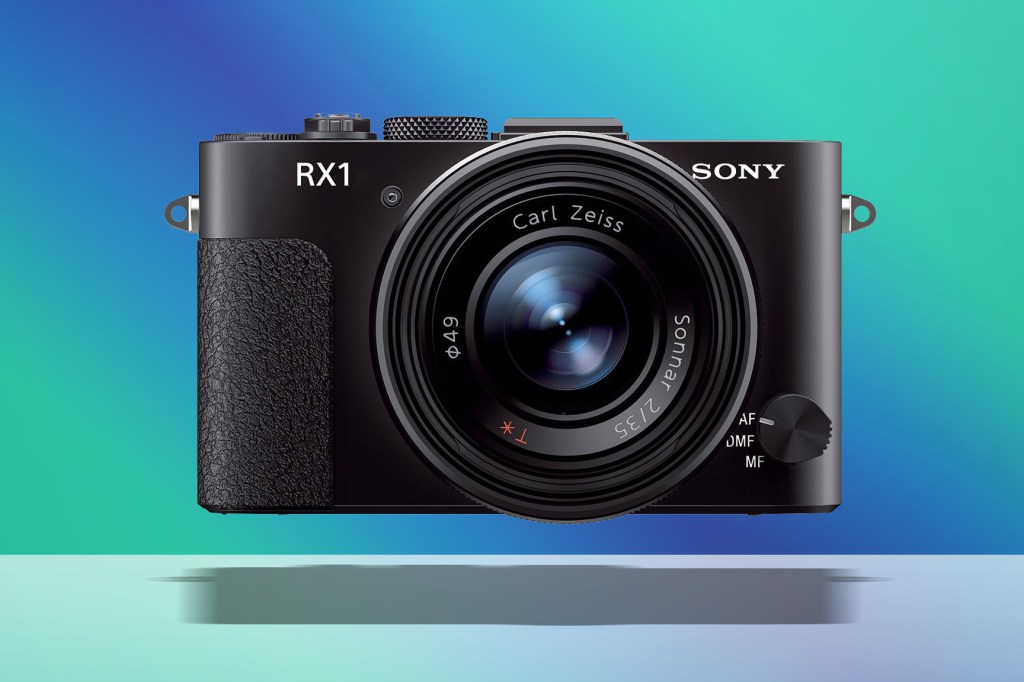
What was Sony thinking, stuffing a full-frame sensor into a pocketable point-and-shoot camera? The company’s willingness to innovate in ways its more established rivals couldn’t or wouldn’t has been a big part of why Sony is now such a major player in the digital camera market, and it’s encapsulated in this 24.2MP compact, which can take excellent shots through its 35mm F/2.0 Zeiss lens.
Fujifilm GFX 50S

Companies like Hasselblad had produced medium format digital cameras for a while, but nothing so affordable, accessible and portable as the 2017-launched Fujifilm GFX 50S. Despite a fairly trim and tidy size (it weighed under 750g without a lens), this body contained a powerful and huge 51.4MP sensor, 1.7 times the size of a full frame equivalent. It delivered incredibly detailed photos and its size meant it excelled in environments where traditional medium format cameras would be deemed impractical.

